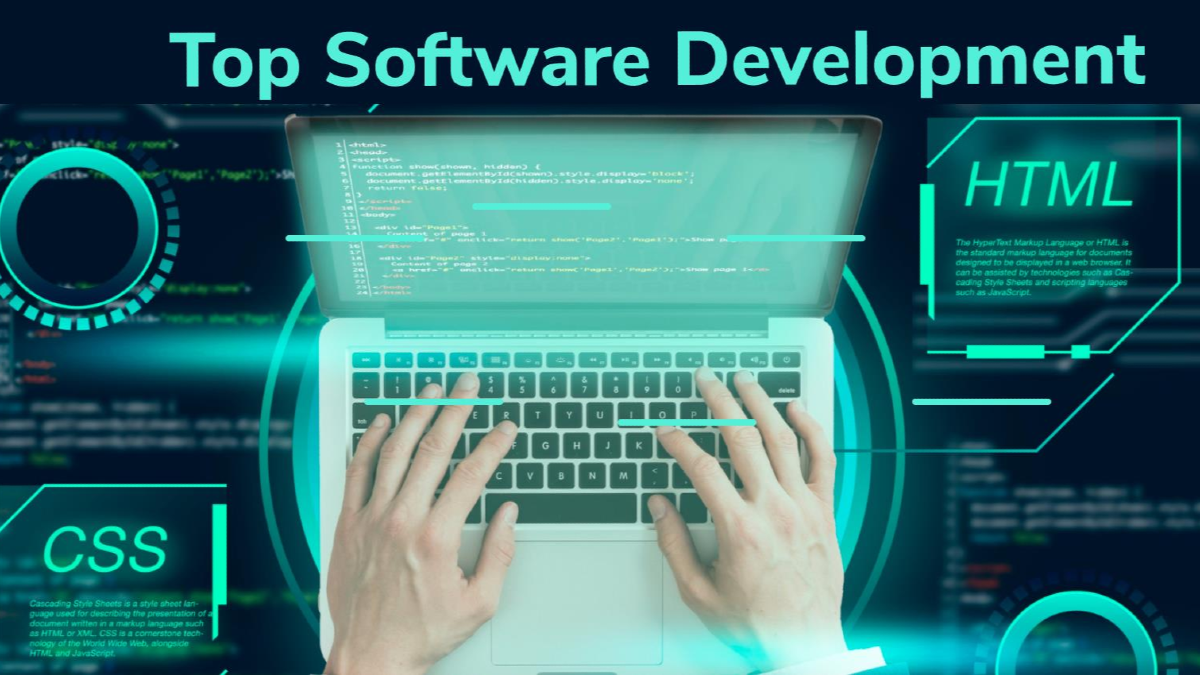


Software development in 2025 is driven by AI-assisted coding, cloud-native architecture, and cross-platform frameworks that boost speed and scalability. Developers are evolving into AI collaborators, building secure, efficient apps with fewer resources and faster cycles.
Software development is evolving rapidly in response to changing user demands, smarter infrastructure, and AI integration. From AI-assisted coding to cloud-native architecture, 2025 is all about building faster, better, and smarter.
Let’s dive into the most influential trends shaping the software development landscape — and what they mean for developers and businesses alike.
1. AI-Powered Development
Tools like GitHub Copilot, Amazon CodeWhisperer, and integrated AI chat assistants are transforming how developers write, test, and debug code.
Impact:
Job Evolution:
Developers are evolving into AI collaborators, not just coders — learning to guide AI, review its outputs, and pair-code efficiently.
2. Cloud-Native & Serverless Architectures
More companies are embracing cloud-native development, including containerization (Docker, Kubernetes) and serverless computing (AWS Lambda, Google Cloud Functions).
Benefits:
Common Use Case:
3. DevOps + DevSecOps Integration
The traditional CI/CD pipeline is now embedding security practices (DevSecOps) from day one. Automation tools now focus on not just deployment, but compliance and threat detection.
Tool Spotlight:
4. WebAssembly (Wasm) Goes Mainstream
WebAssembly is allowing high-performance code (C++, Rust) to run in browsers with near-native speed.
Why it matters:
5. Cross-Platform Development with One Codebase
Frameworks like Flutter, React Native, and .NET MAUI enable developers to build apps for web, Android, iOS, and desktop from a single codebase.
Real-world impact:
Final Word
In 2025, the best software developers are not just writing code — they’re adapting to tools that amplify their productivity, security, and user experience. Staying ahead means learning how to collaborate with AI, deploy in the cloud, and build across platforms — seamlessly.